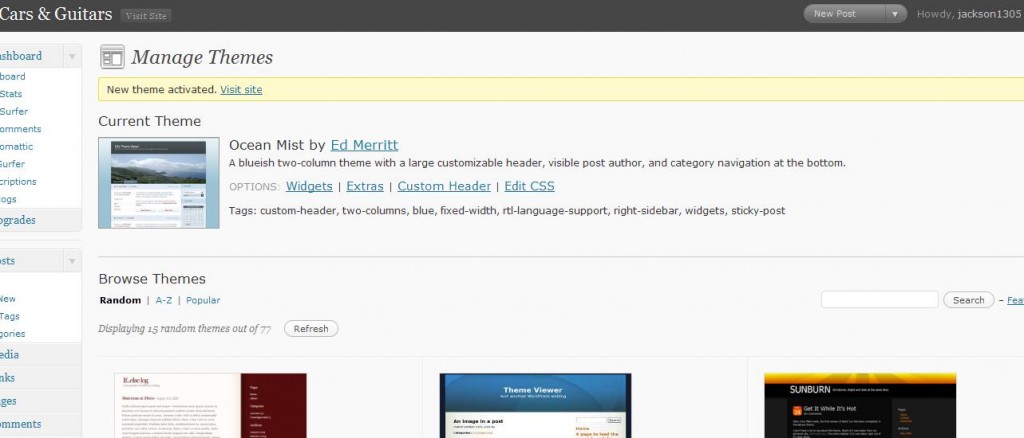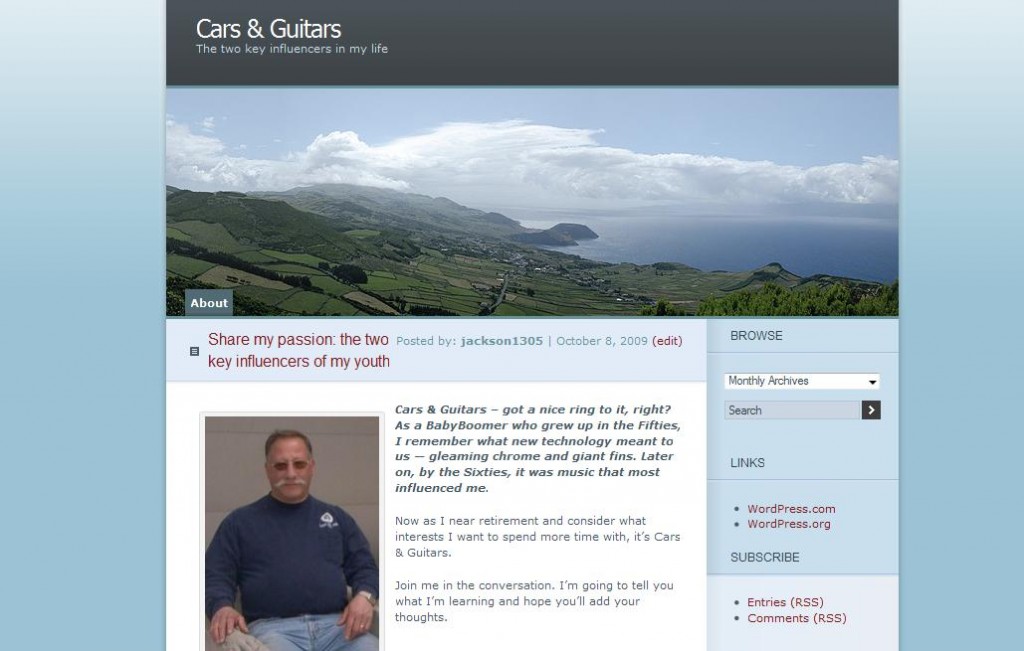 I was talking with my brother Chuck yesterday about how many features LinkedIn offered that so many people were still unaware of — AND one of the big ones was the ANSWERS [and Questions] section.
I was talking with my brother Chuck yesterday about how many features LinkedIn offered that so many people were still unaware of — AND one of the big ones was the ANSWERS [and Questions] section.
Chuck said I should write a post about it, and VOILA, one already written appeared in my mailbox. It would have been awhile before I was going to do it AND Maria Marsala invited readers to re-post it, so THX Maria . . . and here you all have it:
By Maria | October 2, 2009
If your ideal clients are on LinkedIn, then you want to be there, too. So create a keyword driven profile on LinkedIn for yourself. Complete every area possible, take a look at the apps (applications/programs) you might want to add, and you’re done… right?
Wrong.
One of the best ways to dip your feet into a community of new business owners and executives, like LinkedIn, is to ask or answer questions. ANSWERS is a community where other members ask or answer questions to learn and connect with others. When you answer a question, chances are good that people you “don’t yet know from a hole in the wall” will see your answer, go to your profile and want, in someway, to connect with you.
Being a very eclectic businessperson with a brain like a sponge I looked at LinkedIn Answers and was overwhelmed when I looked at all the questions I “could” answer.
How do you determine which questions to answer?
Many of us can answer several questions in a variety of business arenas. However, since time is money, I’m sure you’ll agree that doing so may take a few hours a day to do! What’s a business owner to do?
Prioritize. Use your Ideal Client Profile to determine which categories or sub-categories would best highlight your company and it’s services, (once someone learns about you). Example: If I looked at my company, the two main services that bring me the most amount of clients in the least amount of time are business planning and pricing. So I joined those two ANSWER areas first.
Then I joined a few others “just because” I’d like to learn more about those areas, or I have a few things on my mind I’d like to say about those things from time to time.
How do you answer questions, to connect with others who value what you’re saying WHILE not giving away your knowledge for free?
Carefully of course. You want to say enough to help the person, without giving away the bank. I use the Links area of the answers to post links to an article or resource on my website or the website of others that answers the question. I use affiliate links when I recommend a product for someone to use, too. BUT I never post affiliate links or any links “just because”. Make sure that the links are 100% meaningful to the answer or someone will FLAG you as a spammer.
With 21 main categories on LinkedIn, which questions do you answer?
Take a look at who your ideal clients are. Where would they be asking questions? What’s your expertise? Choose those categories or sub-categories.
I’ll answer questions whose answers are simple to answer, i.e. I can answer them in 1 sentence, some bullets or less than two paragraphs. Sometimes I write more than two paragraphs, but not often. HINT: If you’re continually answering similar questions because your company has answers to those questions, keep a MS Word file with your answers. Then cut/paste.
Sometimes when I view a question to answer, I’ll take the time to look at the requestors profile to see if I think they’re my ideal clients. I stay away from answering questions from students, or individuals in India, for example, because that’s NOT who my clients are. I move quickly to answer questions from women who own service businesses, independent service providers, etc. (my niche) And I will answer some questions that I feel I can contribute to when I have the time or the answer is a “quickie”.
How do you easily determine which questions to answer from the tons of questions asked each day?
First, I chose each category that I felt I could contribute my knowledge to; places of course where my ideal clients hang out.
Next I downloaded each of those categories or sub-category’s RSS feeds. To learn more about RSS feeds click this link . So the first two RSS feeds I downloaded were Business Plan and Pricing. Then I added 10 other categories or subcategories that I might be able to answer questions.
Also consider the RSS feeds for areas of business you want to do better. I’m learning so much by seeing the ideas and thoughts of others.
My RSS feeds download into OUTLOOK which keeps each of them very organized. But I can tell you that at first I was reading way too many subject lines in each category and wasted time. So much so that I just stopped answering questions.
I thought there had to be an easier way. And I found one that I use every day.
How to easily sort through tons of LinkedIn Answers each day
How to easily sort through hundreds of LinkedIn Answers each day
The directions I’m about to provide you uses a feature in MS Outlook. If you use another email program or search program, see if you can do something similar with what you use.
1. Set up the RSS feeds in all the categories or sub-categories you choose to answer to download to your email program. When you download your email, it will also download any new ANSWERS
2. Open MS Outlook. Under the RSS Feeds (small orange graphic under Outbox) you’ll find Send Items and then Search Folders
3. Right click and add a new search (we’re going to customize it) using the word LINKEDIN.
4. Listen to this training module and create a SEARCH that searches through all your LinkedIn RSS feeds for keywords you’ve deemed important to growing your business. To listen click here
5. When new ANSWERS come through the RSS feed that contain those keywords, they’ll show up in your new LINKEDIN Search.
6. Look through the LINKEDIN Search file for subject lines and if you want to answer the message, click on “view article”.
7. You’ll now be online and can answer the question.
8. AFTER you answer the question(s) you want, scan the original RSS feeds to see that you didn’t miss important keywords (and therefore questions to answer). If some were missed, go back to your LINKEDIN Search and add more keywords. If none, move to #10.
9. OR, if you end up with too many items showing up in the LINKEDIN Search, then remove or change some keywords.
10. Once you think or feel that your search is A-OK, and you’ve answered the questions you want to answer, you can delete all the questions that weren’t filtered to your LINKEDIN Search in confidence.
WANT TO USE THIS ARTICLE IN YOUR E-ZINE, BLOG, OR WEB SITE? If you want me to change anything before you print it, you must ask for permission. And you are welcome to use it anytime in its entirety, with the following author/copyright information:
©2009 Maria Marsala, Profitability Specialist at Elevating Your Business. We provide insightful input to high-achieving women business owners looking for powerful results. Specializing in boosting the productivity, profitability and performance of their company simpler, easier, and faster! Will you be next? Visit www.ElevatingYourBusiness.com today and take our free Business Checkup.
 Feeling left out because everyone’s buzzing about Twitter Lists . . . and you’re not?
Feeling left out because everyone’s buzzing about Twitter Lists . . . and you’re not?
 Let’s continue chatting about some of the tips from
Let’s continue chatting about some of the tips from 
 Coming back from vacation is Hard Work, but if that “work” is “play,” then it can be a lot of fun —
Coming back from vacation is Hard Work, but if that “work” is “play,” then it can be a lot of fun — 



 I was talking with my brother
I was talking with my brother 










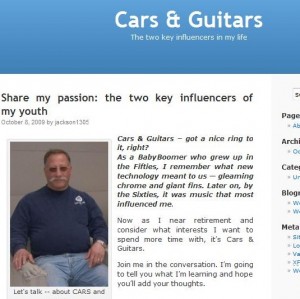






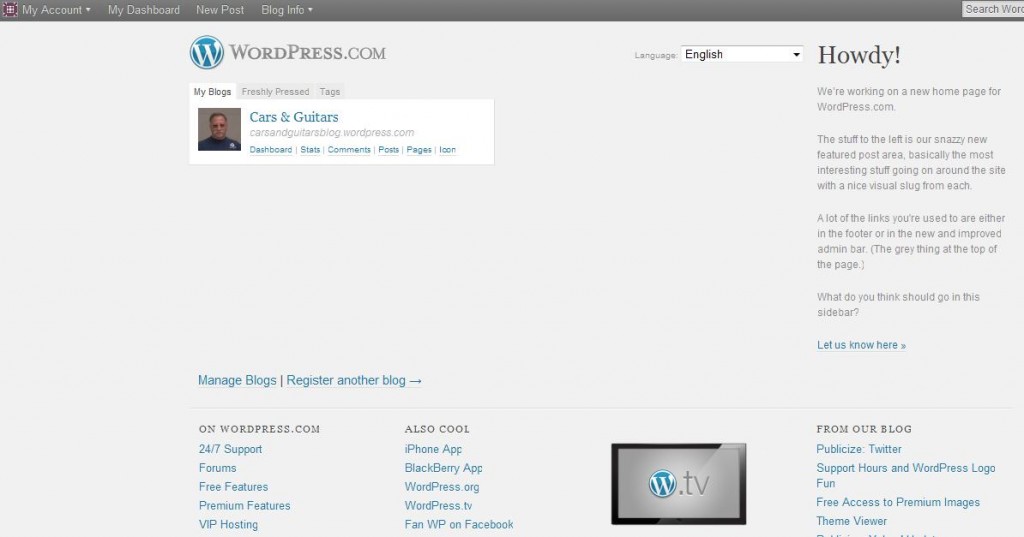
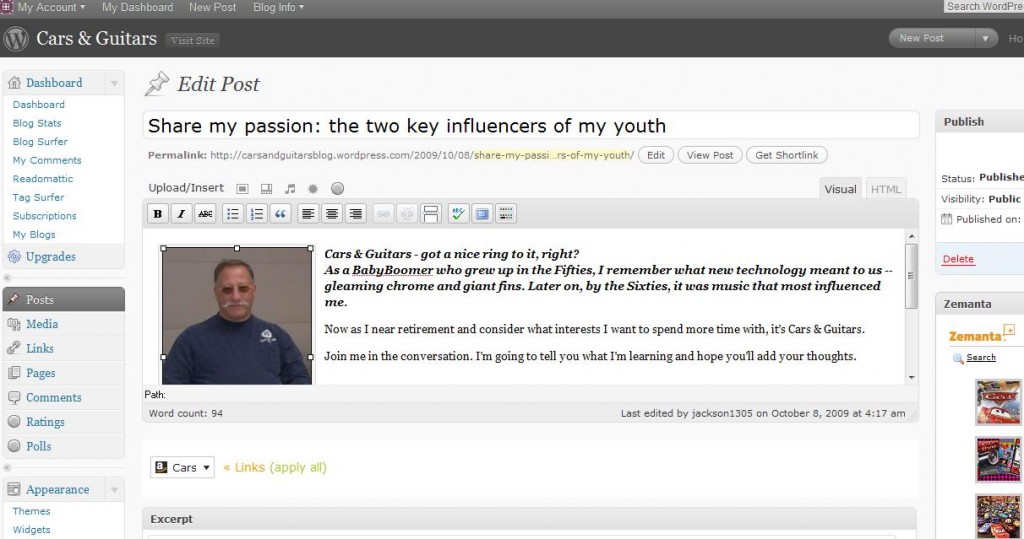
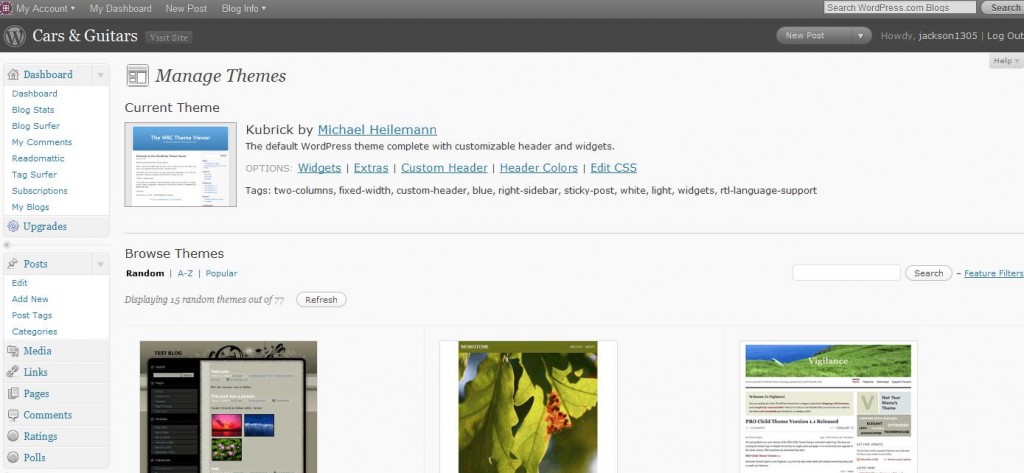
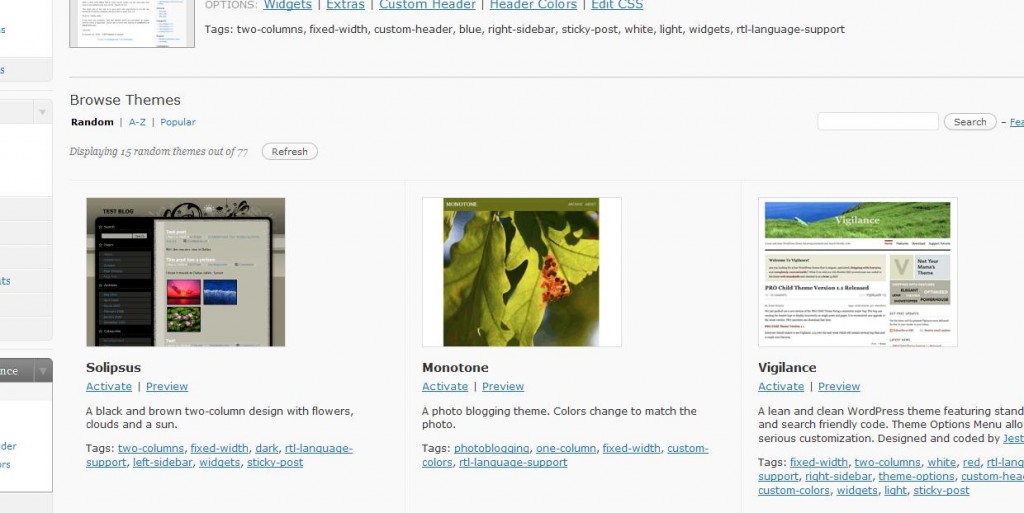 HAVE FUN!!
HAVE FUN!!